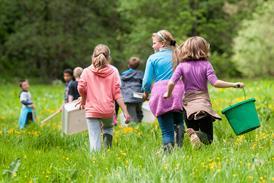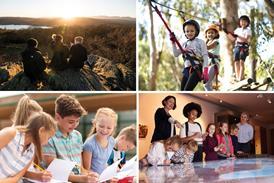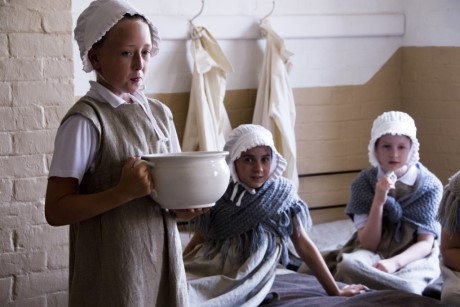
Here's what Key Stage 2 pupils can expect on a visit to The Workhouse in Southwell.
Itinerary: The Workhouse
Provider: The Workhouse, Southwell, Nottinghamshire
Subjects: History and Literacy
Key Stage: 2
Built in 1824 as a place of last resort for the destitute, this austere building of The Workhouse is the most complete workhouse in existence. Its architecture was influenced by prison design and its harsh regime became a blueprint for workhouses throughout the country.
Now a National Trust property, the thought-provoking workhouse experience shows Key Stage 2 pupils how the poor were treated in times past. It is particularly suitable for classes studying the Victorians, local history studies and children studying Street Child by Berlie Doherty or Charles Dickens’ Oliver Twist. Teachers benefit from free planning visits and downloadable welcome packs. Sessions are also available for Key Stage 3, 4 and 5.
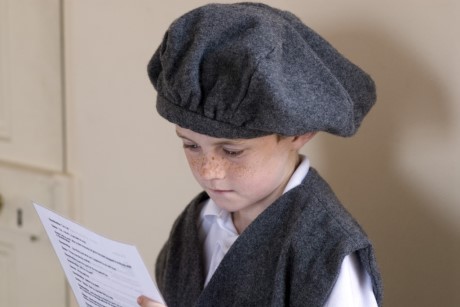
Pictured: a pupil dressed up at The Workhouse. (Photo credit: National Trust Images/ Ian Shaw).
10:00am: Pupils are met in the car park and walk to the classroom areas to change into their workhouse costumes, which are provided, and given an overview of the day. Most of the visit is in the main workhouse and groups move from the yards to the committee room, schoolroom and then tour the building with a ‘pauper’ guide, before returning to the classrooms at the end of the morning.
10:30am: Boys and girls are registered in adjacent yards and enter the workhouse through different doors. They have to give their Victorian name, age and reason for being in the workhouse, and these identities are supplied to teachers beforehand.
10:45am: The children meet the workhouse master in the committee room and begin to learn about workhouse life in 1841.
10:55am: Girls go to the schoolroom while the boys tour the building with a male pauper inmate.
11:15am: Groups switch for the respective experiences. Girls will tour the building with a female pauper inmate and the boys go into the classroom. The classroom session involves working with a slate and is led by a costumed schoolteacher. Boys and girls will have slightly different experiences during the morning to reinforce the idea of segregation and to stimulate discussion when back at school.
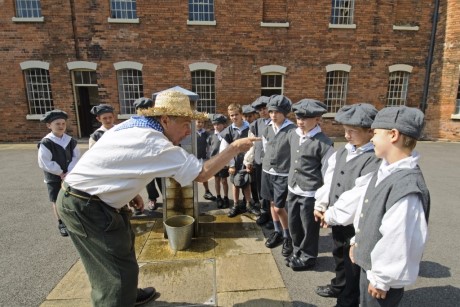
Pictured: Discovering the pauper lifestyle. (Photo credit: National Trust Images/ Ian Shaw).
11:50am: Both groups meet back in the classroom to change back into their everyday clothes and reflect on the morning’s session.
12:15pm: Lunch break.
1:00pm: Afternoon workshop. The National Trust learning team offers a choice of sessions to complement the morning’s activities. Younger pupils can play with traditional toys, such as cups and balls, marbles, spinning tops and skipping ropes and compare them with the toys of today. Alternatively, they can play detective and try to identify a variety of period domestic objects and discover what they were used for.
Older Key Stage 2 pupils can debate the rights and wrongs of the workhouse system, learn about human rights with a special game or participate in an information gathering session, with creative writing and drawing elements, where they piece together data from genuine workhouse sources, covering areas such as punishment, census and diet, to build a portrait of the life of workhouse children.
2:30pm: Depart.
01636-817262
www.nationaltrust.org.uk/theworkhouse
(Lead image photo credit: National Trust Images/ Ian Shaw).

